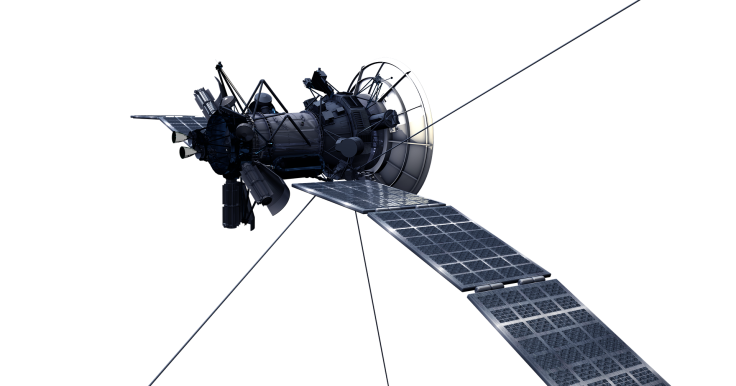China Shows Off Ginormous Anti-Starlink Radar Capable Of Multi-Target Tracking Measurement Data
KEY POINTS
- Musk's Starlink was crucial to Ukraine, especially during the onset of Russian invasion
- Muusk donated thousands of Starlink to the country
- China, according to Musk Disapproved his Starlink donation to Ukraine
Nine months into the Russia-Ukraine war, China shows off a ginormous anti-Starlink radar at the ongoing Zhuhai Airshow.
When Russia invaded Ukraine in February, it targeted communication structures with the aim of cutting off Ukraine from receiving and sending out information within the country and in the world. But, SpaceX CEO and tech billionaire Elon Musk donated thousands of Starlink terminals to Ukraine, which provided the country with a satellite internet constellation that restored their access to the internet and other military operations. And the rest, as they say, is history.
China disapproved of Musk's crucial donation to Ukraine, the tech billionaire confirmed last month. "Musk says Beijing has made clear its disapproval of his recent rollout of Starlink, SpaceX's satellite communications system in Ukraine to help the military circumvent Russia's cut-off of the internet," Financial Times who interviewed Musk in October reported. "He says Beijing sought assurances that he would not sell Starlink in China," the news site added.
Now, it looks like China's disapproval of Musk's action was translated into a new technology that would counter Starlink, as it showcased the SLC-18P Anti-Starlink radar at the China International Aviation and Aerospace Exhibition Airshow in Zhuhai. Reportedly developed by the 14th Research Institute of China Electronics Technology Group Corporation (the same team that developed China's radar industry), the radar was primarily designed for space target surveillance.
SLC-18, le radar à antenne AESA en bande P, pour la détection des cibles furtives et aussi des cibles en orbite.
— East Pendulum (@HenriKenhmann) November 7, 2022
CETC à #ZhuhaiAirShow2022. pic.twitter.com/273NMWdzQ6
"This radar provides relatively economical ground-based monitoring of space targets to serve friendly countries ... offering situational awareness capabilities against low-orbiting satellites to balance the battlefield posture," Sun Rui CETC deputy manager said, state media reported.
"Our space surveillance radar can detect satellites from a distance and can identify and categorize them to form a radar database that can help other equipment respond accordingly," he mentioned. "At the same time it sends data on the satellites to the command center to assist in decision making."
Analysts claimed the device could target low earth orbit satellites (LEO), which orbit at a distance of around 500 to 2,000 km from the Earth. Aside from that, China's SLC-18P Anti-Starlink radar is reportedly capable of multi-target tracking measurement data.
This means that it can estimate the number of trajectories of targets from data collected by its sensors. It also employs a solid-state Active electronically scanned array (AESA) system that can track multiple targets with insanely high accuracy.
For context, AESA is a computer-controlled phased array antenna. China's SLC-18P Anti-Starlink radar has a myriad of capabilities including search and acquisition, tracking and measurement, cataloging, orbit computation and forecasting of space targets.
Musk's satellite internet service is now available in around 40 countries across the globe, but it is yet to sell Starlink in China. Chinese media previously reported that SpaceX has no interest in applying for an operating license in the region and with the tech billionaire's recent disclosure of China's disapproval of his donation in Ukraine, as well as the new Anti-Starlink radar system, it looks like Starlink will not yet happen in the country.

© Copyright IBTimes 2024. All rights reserved.












